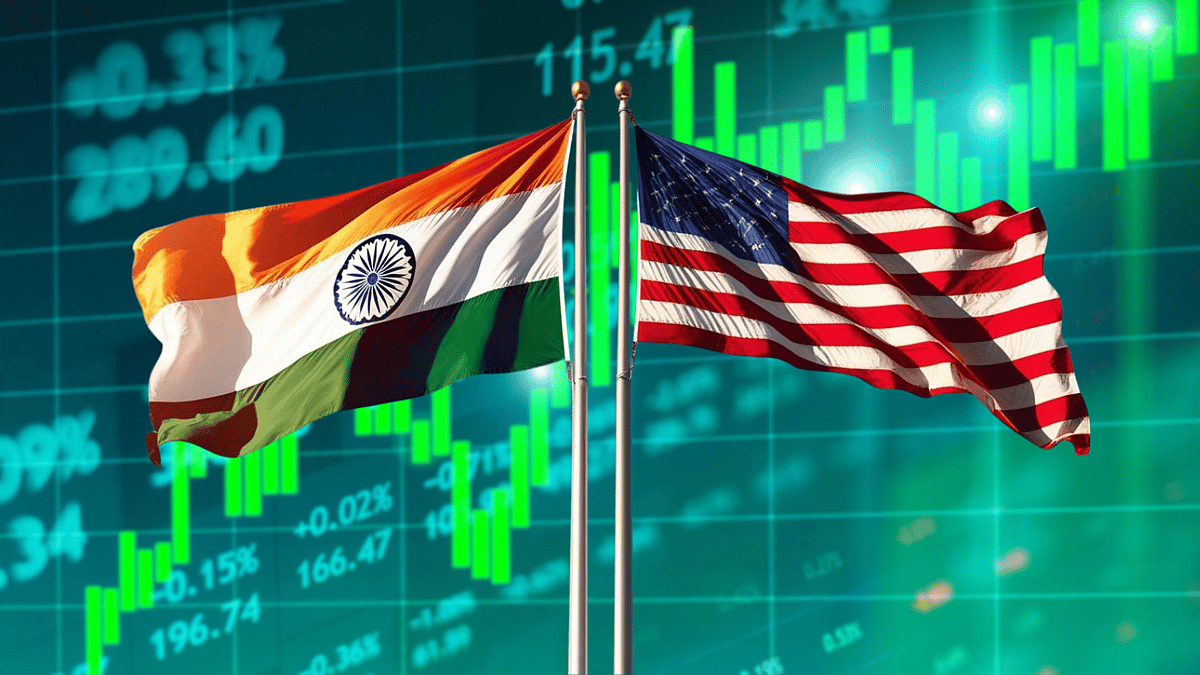India’s Economic Outlook Amid Global Uncertainties
Amidst the swirling uncertainties in the global economy, India stands in a favorable position, ready to capitalize on potential developments such as a recession in the United States. According to a recent report by Bernstein, the Indian economy is projected to experience a growth surge of approximately 6.5% in the upcoming year, signaling a promising outlook despite the backdrop of global economic challenges.
Resilience in Economic Growth
Historically, India’s economic performance has shown resilience, often remaining insulated from downturns in the U.S. economy. The report highlights that previous slowdowns have seen India rebound earlier than its American counterpart. With the GDP growth for the September quarter indicating that India has likely reached its economic low, the country appears poised for a recovery, even if the U.S. faces recessionary pressures.
- Key Growth Indicators:
- Projected GDP growth: 6.5%
- Economic recovery expected despite U.S. recession
Market Stability and Sectoral Insights
While global markets have experienced fluctuations, Bernstein anticipates that India will gain advantages as international trade conditions stabilize. The brokerage maintains a bullish stance on the Nifty index, setting an ambitious year-end target of 26,500. However, investors are advised to exercise caution due to the potential volatility influenced by global events.
Commodity Prices and Inflation Control
A looming recession in the U.S. could lead to a decline in commodity prices, which would be beneficial for India. Key commodities such as crude oil, copper, aluminum, and steel—all tied to U.S. economic health—might experience reduced prices. This situation would help lower India’s import costs, aiding in inflation management and alleviating pressure on the Indian rupee. Additionally, anticipated rate cuts could provide a much-needed boost to economic recovery later in the year.
Sectoral Resilience Against U.S. Downturn
Bernstein’s analysis reveals that India’s export sectors are less exposed to the potential repercussions of a U.S. economic slowdown. Industries such as pharmaceuticals, IT services, jewelry, and petroleum remain relatively insulated from shifts in U.S. consumer spending. Conversely, while sectors like auto components and apparel may encounter challenges, their overall impact on the Indian economy is expected to be minimal.
Domestic Market Strength Amid Foreign Outflows
Despite a recent trend of foreign institutional investment outflows—totaling $28 billion since October—the domestic market continues to show robust participation. Bernstein notes that the current correction is not as severe as those witnessed during previous crises, such as the Global Financial Crisis or the COVID-19 pandemic. Moreover, foreign direct investment (FDI) remains stable, and while remittances may face short-term disruptions, they typically bounce back within a few months.
Conclusion
In summary, even with global uncertainties looming, India’s economic landscape appears resilient and ready for growth. With strategic advantages in various sectors and an optimistic outlook for GDP growth, the nation is well-prepared to navigate the potential challenges ahead. Investors and stakeholders should remain attentive to these developments as they unfold throughout the year.











